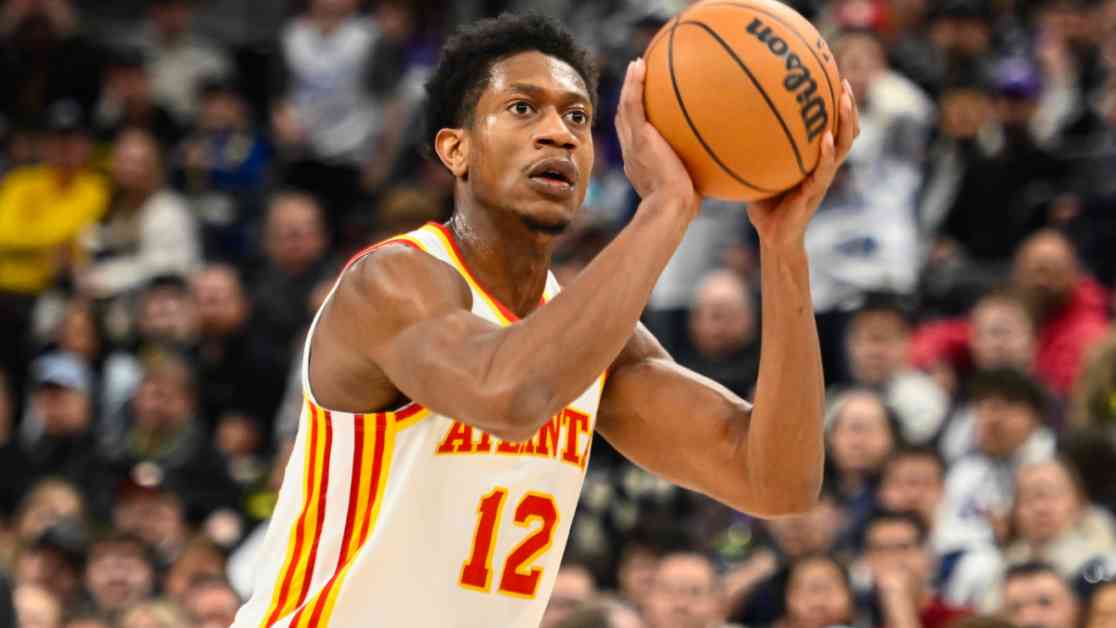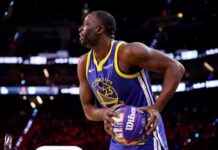The NBA trade deadline has recently sparked conversation and excitement among basketball fans across the country. The Cleveland Cavaliers have made a significant move by acquiring De’Andre Hunter from the Atlanta Hawks, marking a key moment in this year’s trade season. With the trade involving Caris LeVert, Georges Niang, three second-round picks, and two first-round swaps, the basketball landscape is set for a shift in dynamics and player lineup.
Expert Insights on the Trade Deal
De’Andre Hunter, a talented 6-foot-8 forward known for his shooting prowess, was the No. 4 overall pick in the 2019 NBA Draft, bringing a wealth of skills and potential to the Cavaliers. With an impressive career average of 14.8 points per game and a standout season averaging 19 points per game, Hunter’s offensive capabilities are on full display this season. While his defensive performance has seen fluctuations, his size and versatility position him as a valuable asset for Cleveland’s roster.
The Cavaliers, currently holding a remarkable 41-10 record and leading the Eastern Conference, have long sought to bolster their wing depth. With Dean Wade and Isaac Okoro playing crucial roles, Hunter’s arrival adds a new dimension to their lineup, providing additional scoring options alongside established stars like Donovan Mitchell and Darius Garland. This strategic move enhances Cleveland’s competitiveness and playoff potential, creating a formidable team poised for success.
Implications and Impact of the Trade
On the flip side, the Atlanta Hawks face challenges following the departure of Hunter, compounded by star forward Jalen Johnson’s season-ending injury. With a recent slump in performance and a depleted roster of young wings, the Hawks find themselves in a precarious position, striving to navigate through adversity and restructure their team dynamics. While the trade offers financial relief for Atlanta, redirecting resources for future investments, the immediate impact on their on-court performance remains a pressing concern.
From a financial perspective, the Cavaliers’ strategic maneuver not only strengthens their roster but also safeguards against potential luxury tax implications, setting the stage for long-term financial stability. By securing Hunter without sacrificing essential assets, Cleveland demonstrates a commitment to maximizing their championship prospects while maintaining fiscal prudence—an astute balance of competitiveness and financial responsibility.
In evaluating the trade, both teams exhibit contrasting outcomes in terms of player value, draft implications, and financial considerations. While the Cavaliers stand to benefit from enhanced lineup versatility and scoring options, the Hawks face challenges in maintaining on-court competitiveness amid roster changes and financial realignments. As the NBA trade landscape evolves, the impact of this deal reverberates throughout the league, shaping the trajectory of teams and players as they navigate the complexities of professional basketball.
The NBA trade deadline offers a glimpse into the strategic maneuvers and calculated risks taken by teams in pursuit of championship glory. With each trade deal, the dynamics of the league shift, players find new opportunities for growth, and fans eagerly anticipate the unfolding drama on the basketball court. As the Cavaliers and Hawks embark on their post-trade journey, the true impact and legacy of this pivotal moment in the NBA season will reveal itself in the games, rivalries, and narratives that define the essence of professional basketball.












